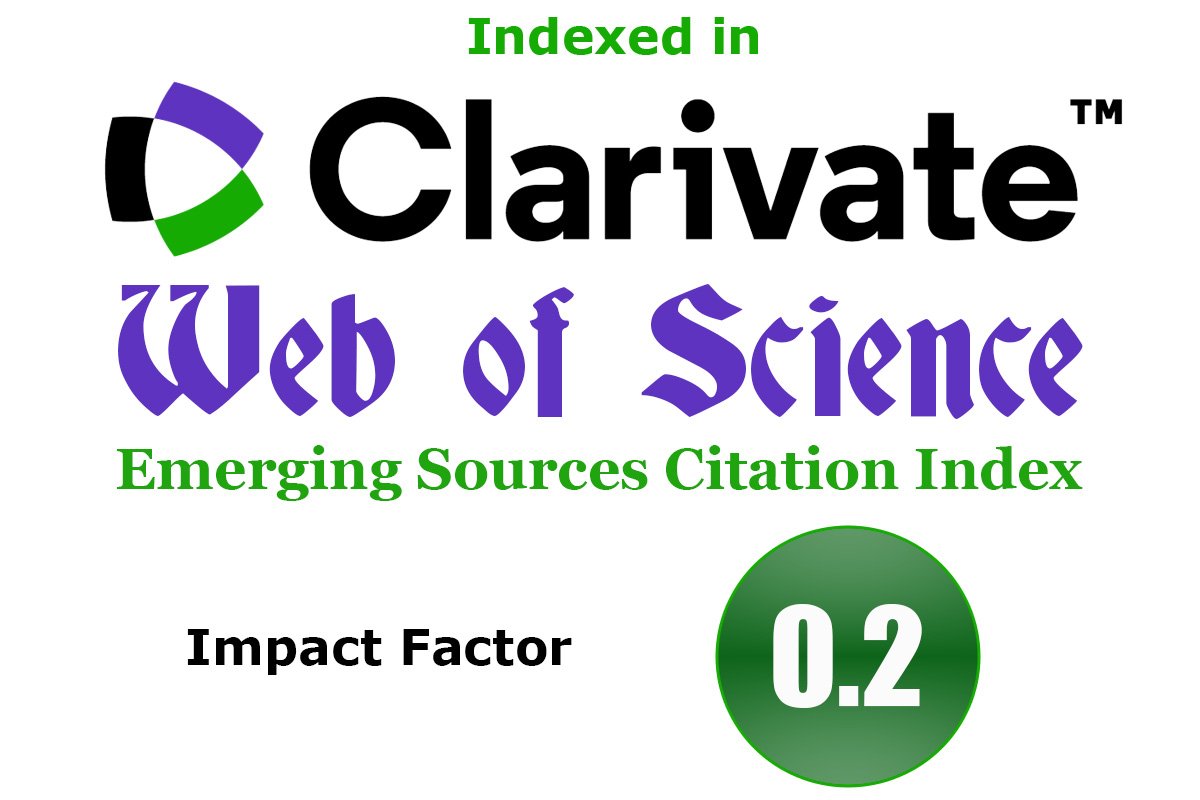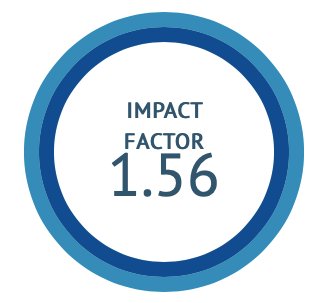An Innovative Ayurveda Approach to treat the Idiopathic Edema: A case report
DOI:
https://doi.org/10.47552/ijam.v14i4.3668Keywords:
Ayurveda, Basti, Case Report, Idiopathic edema, ShothAbstract
Background: Idiopathic edema is a complex medical condition with limited understanding and challenging choices for treatment. Regarding the Ayurvedic care of idiopathic edema, there aren't many published case reports or clinical trials on PubMed despite the disease's widespread prevalence. In this case report, we propose an important Ayurvedic perspective that takes into consideration the exact location of the manifestation in addition to its origin while selecting methods to treat idiopathic edema. Methods: A 63-year-old male patient complained of persistent right leg edema and blackish discoloration for 18 months while he visited the outpatient department of Kayachikitsa Government Ayurved College & Hospital, Nagpur. In previous times, the patient had sought treatment from doctors who practiced modern medicine without receiving any improvement. The patient was diagnosed as having idiopathic edema after a comprehensive investigation of all possible causes and was then treated according to the Ayurvedic concept of Shoth, which is linked to the origin of Pakwashaya (gut). Along with oral medications, the treatment included Basti (a medicated enema). Results: Interestingly, the patient's quality of life significantly improved, and the edema completely disappeared after the course of treatment. Conclusion: This case study provides insightful information on the importance of disease origin and manifestation sites in the Ayurvedic management of idiopathic edema. It also emphasizes the significance of further research on the role that the gut plays in the pathophysiology of idiopathic edema.
Downloads
Published
How to Cite
Issue
Section
License
Copyright (c) 2024 International Journal of Ayurvedic Medicine

This work is licensed under a Creative Commons Attribution 4.0 International License.
The author hereby transfers, assigns, or conveys all copyright ownership to the International Journal of Ayurvedic Medicine (IJAM). By this transfer, the article becomes the property of the IJAM and may not be published elsewhere without written permission from the IJAM.
This transfer of copyright also implies transfer of rights for printed, electronic, microfilm, and facsimile publication. No royalty or other monetary compensation will be received for transferring the copyright of the article to the IJAM.
The IJAM, in turn, grants each author the right to republish the article in any book for which he or she is the author or editor, without paying royalties to the IJAM, subject to the express conditions that (a) the author notify IJAM in advance in writing of this republication and (b) a credit line attributes the original publication to IJAM.




